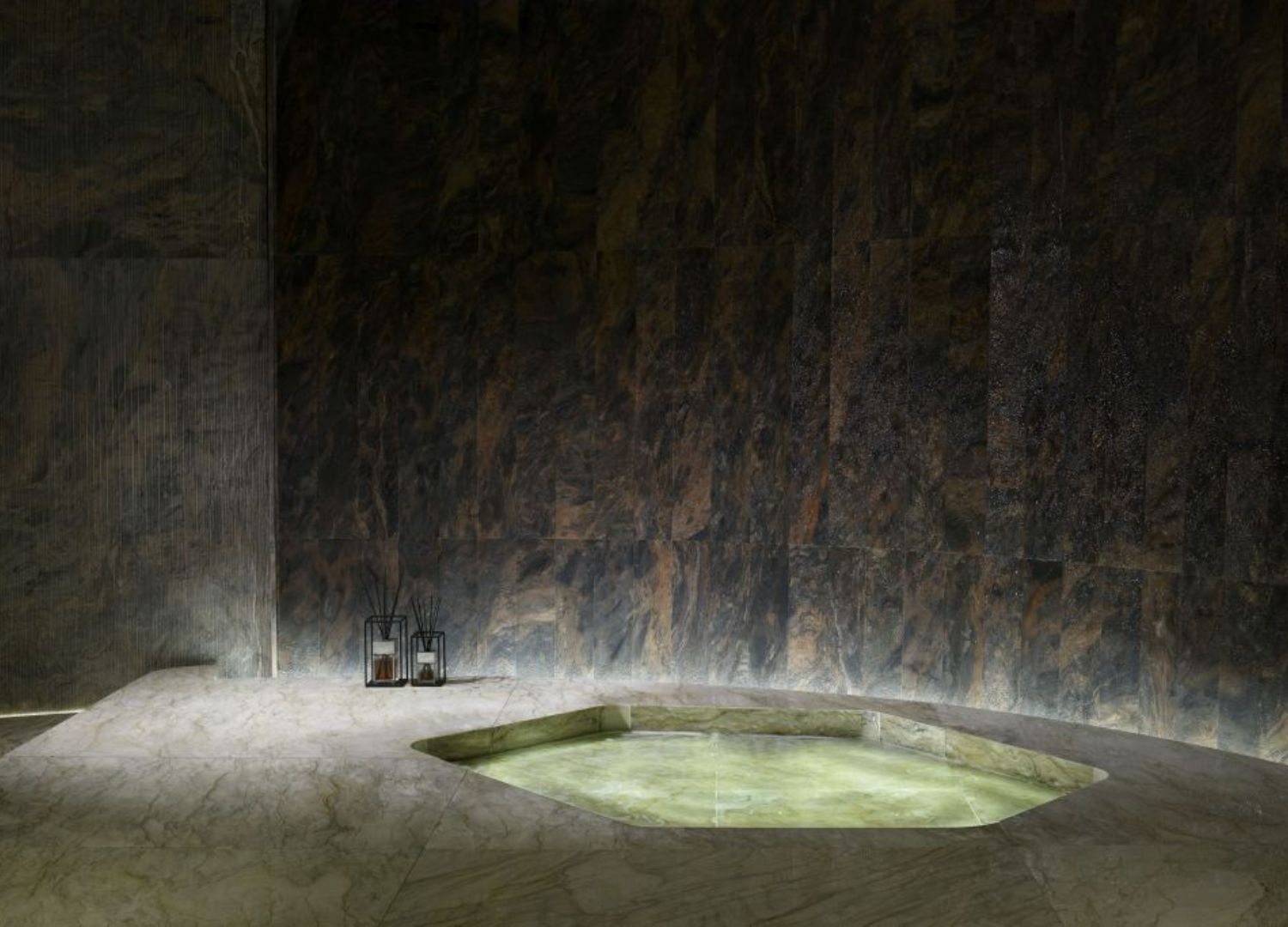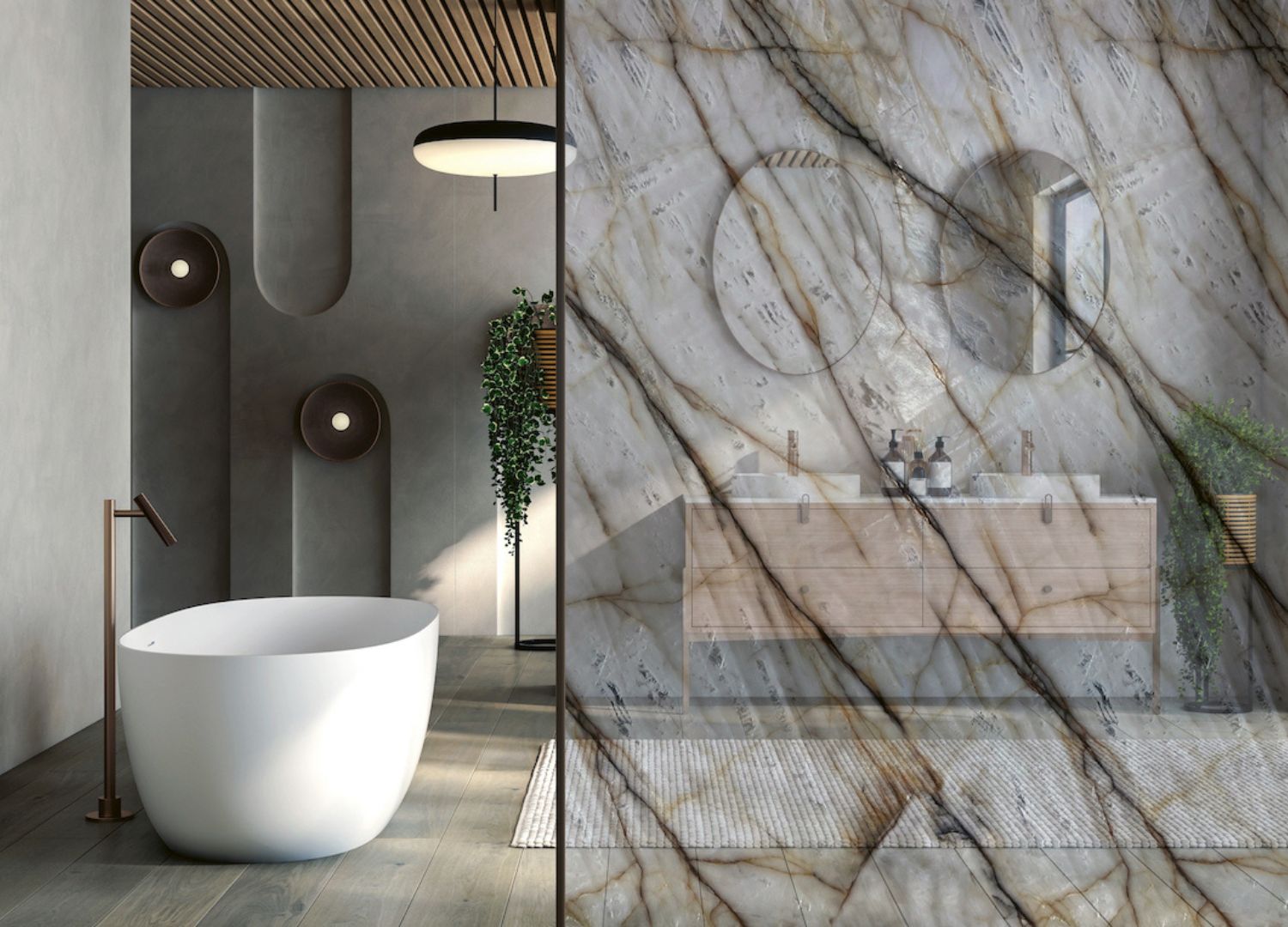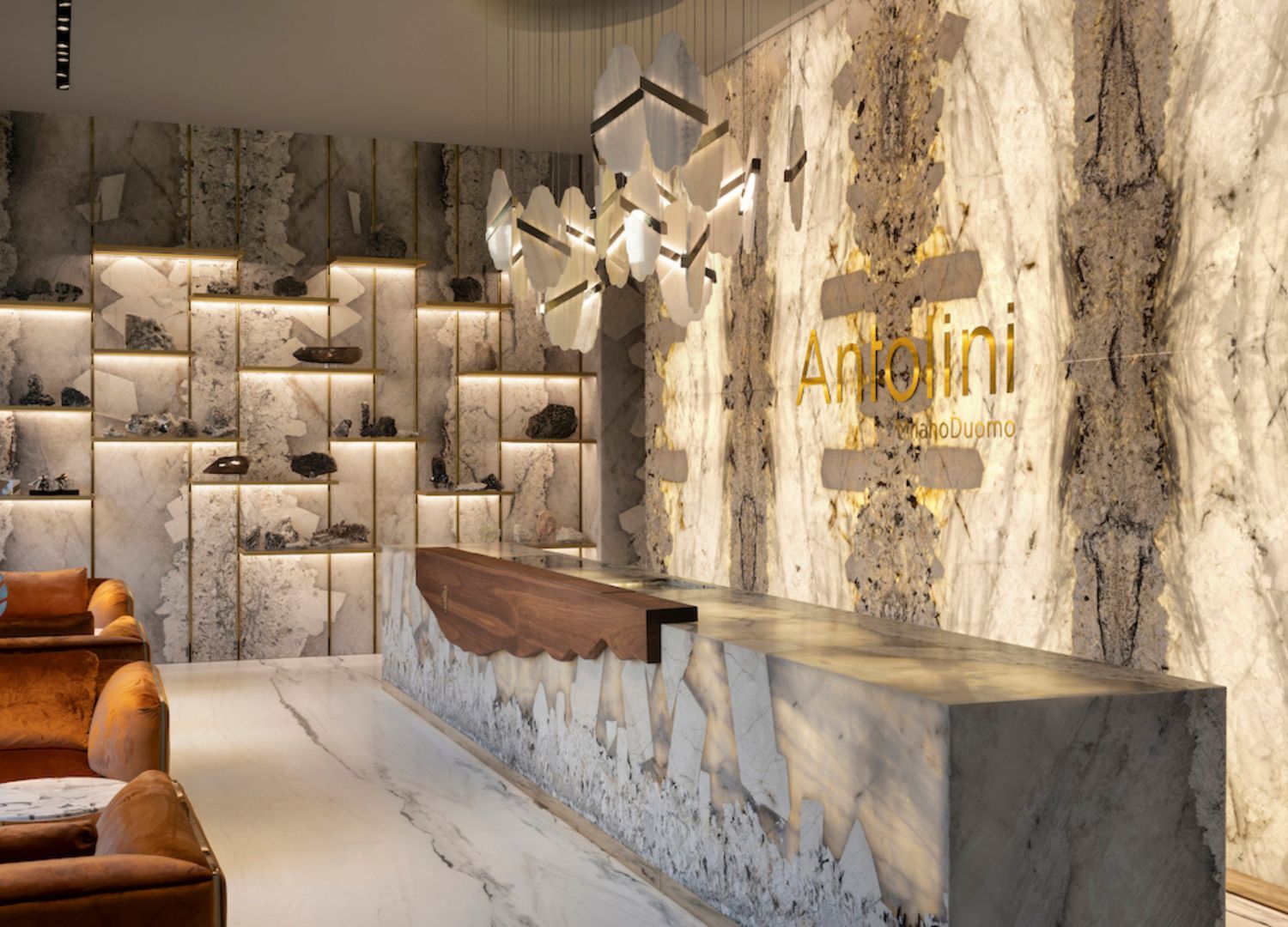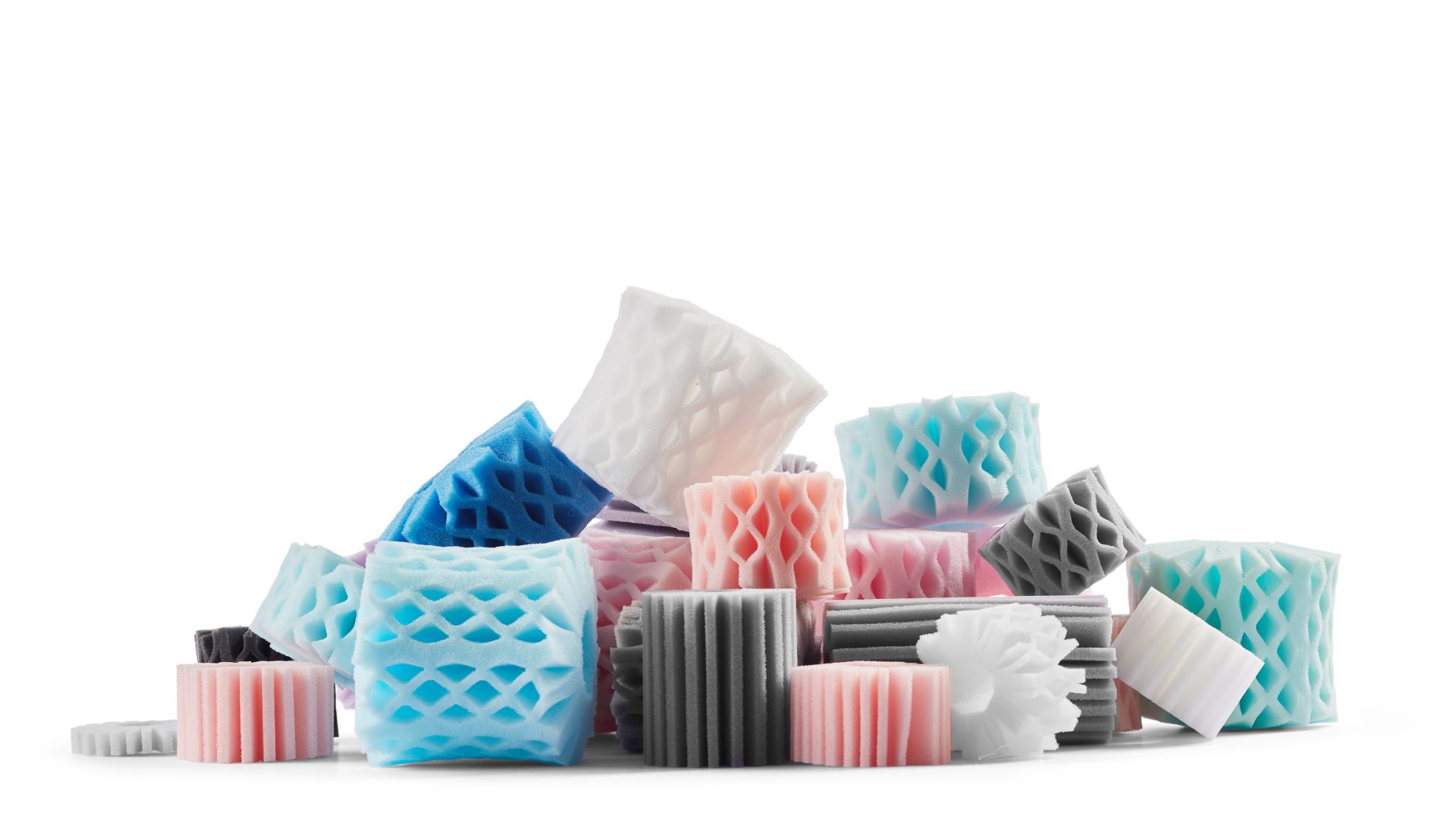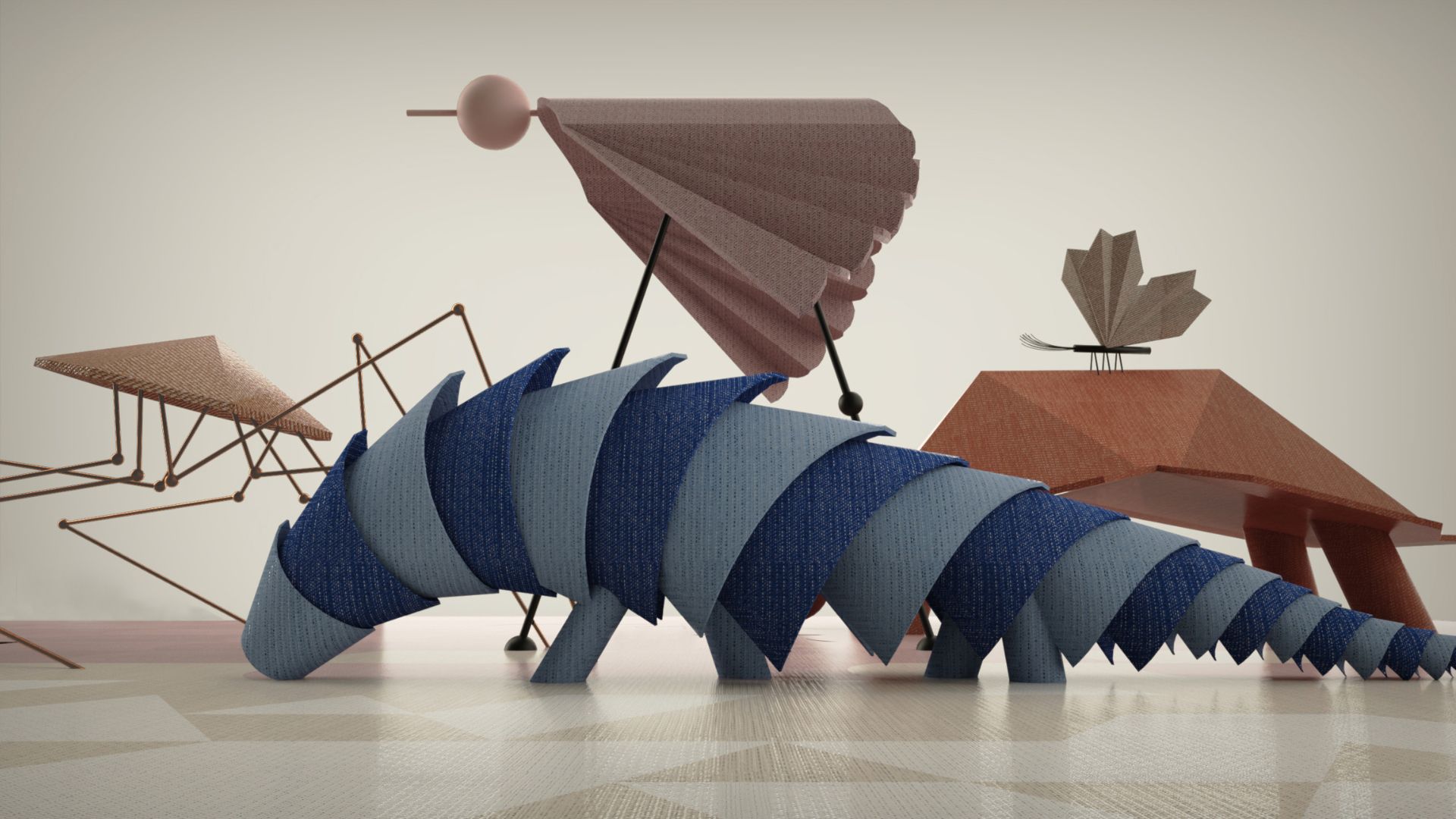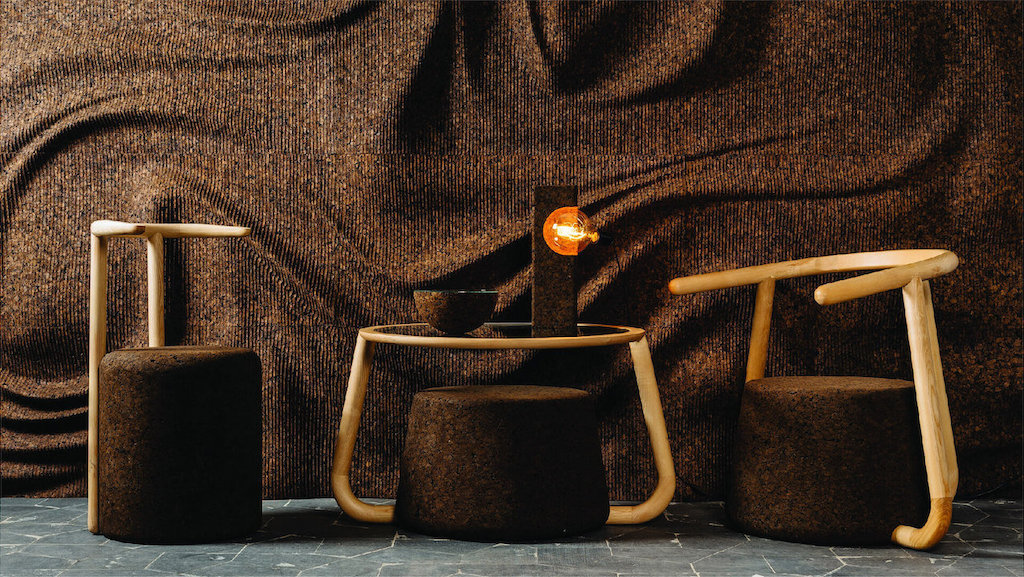Antolini’s commitment to craftsmanship and eco-responsibility
Discussing sustainability in the stone industry can be challenging. For this reason, we felt it was important to explore the approach of a global leader in the field. We had the chance of speaking with Alberto Antolini, the company’s CEO, to gain deeper insights into their commitment to responsible practices.

In this interview, Alberto Antolini offers a fascinating glimpse into the world of natural stone—a craft that has been embedded in his family’s DNA for nearly seventy years. From sourcing the finest stones from across the globe to crafting them with Italian artisanal expertise, Antolini shares insights into the beauty, challenges, and nuances of working with natural materials.
He delves into the company’s commitment to sustainability, their approach to quarrying, and how each stone is treated as a unique masterpiece. With over 1,300 varieties of stone in their collection, Antolini continues to push the boundaries of innovation while honoring the rich traditions of their craft.
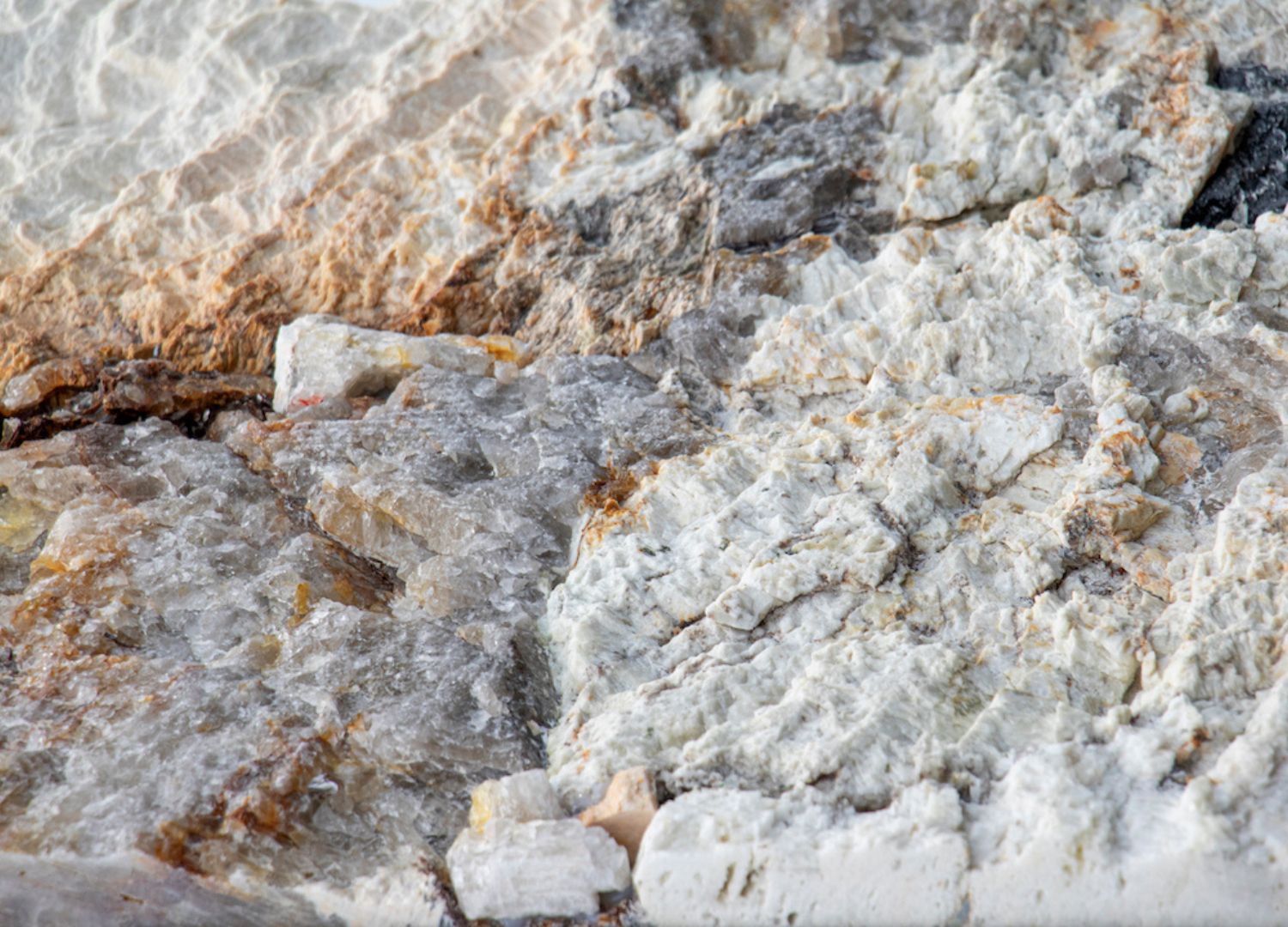
What does it mean to work with a material like natural stone?
Alberto Antolini:
“The art of working with natural stone is deeply rooted in our DNA. For nearly seventy years, Antolini has been based in the heart of Valpolicella, where stones from all over the world are brought to be expertly crafted by Italian artisans, trained in a tradition passed down through generations.
At the center of our production—and the real challenge—is a deep understanding of each material. This expertise is what draws clients from around the globe to us. Marble, granite, quartzite, natural quartz—each type of stone has its own unique qualities, and every geological family requires specific techniques, from cutting to finishing. When a new stone arrives, our technicians spend months studying it, analyzing its mineral composition to determine the best processing methods. Each block is inherently unique, with varying mineral distributions, so beyond technical knowledge, working with stone requires a special sensitivity—nothing can be taken for granted.
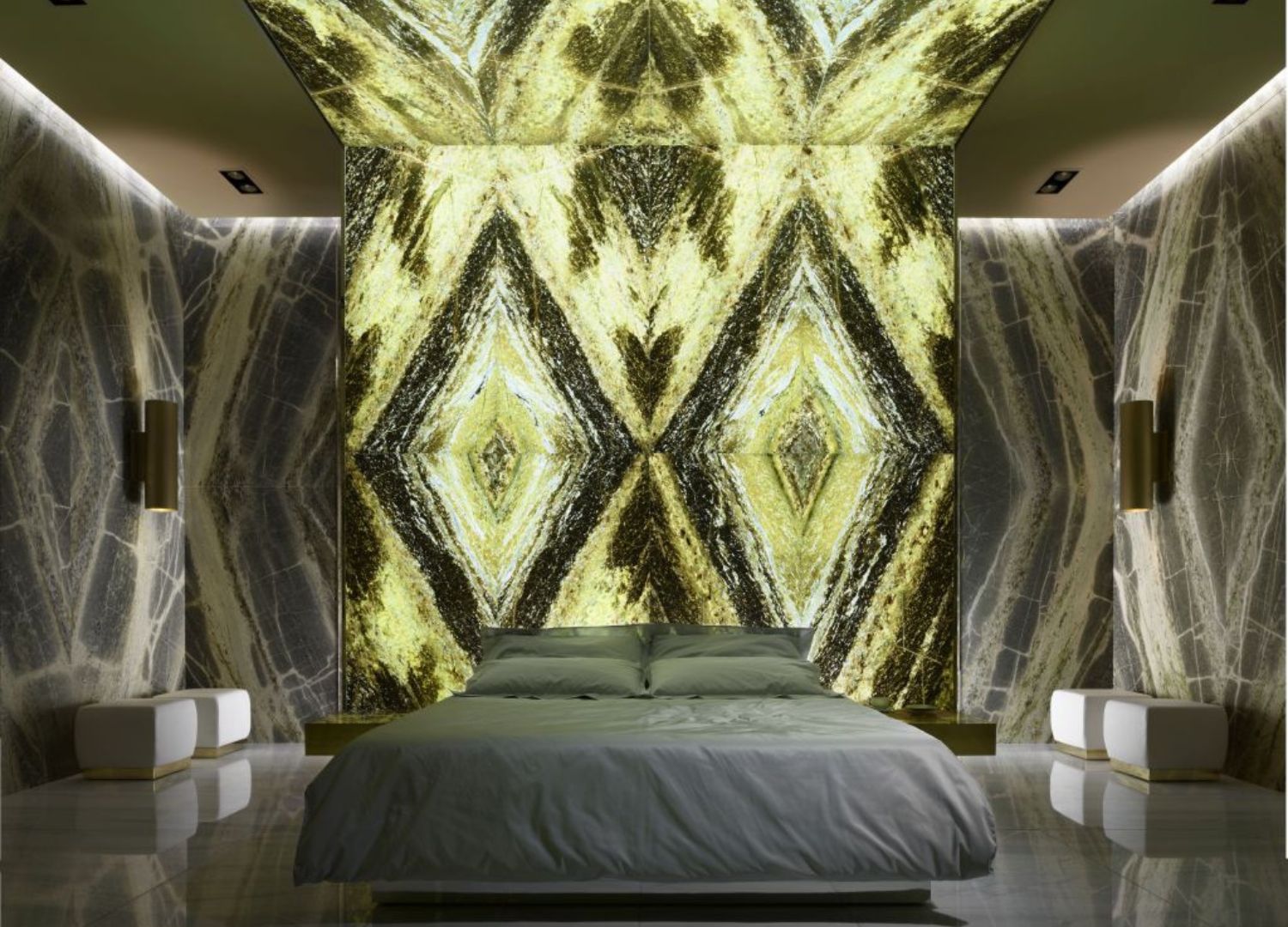
This is why we are committed to passing on this knowledge locally. Our team actively teaches and shares its expertise, the result of nearly seventy years of experience. In many ways, we are a small, thriving hub of passion for natural stone: those who are lucky enough to work with it fall in love with the material, and they pass on this craft with great dedication, keeping the tradition alive.”
How is the search for quarries conducted, and how are the finest materials selected?
Alberto Antolini:
“Our mission is to discover the world’s most beautiful stones and craft them with the skill and expertise that defines our country. This has been our guiding principle from the very beginning, starting nearly seventy years ago with Luigi Antolini, our father and the company’s founder. His passion for uncovering the world’s natural stone diversity led him to explore beyond the known quarries of Verona, believing there was much more to be discovered. Italy, Sardinia, Sicily, and Germany were just the first steps in a journey that has continued to inspire the following generations.

We’ve never stopped exploring, and we’ve also redefined the traditional norms of the natural stone industry. What others might see as imperfections—pronounced veining or the blending of different minerals—we’ve always celebrated as unique features that highlight the character of each stone. Yes, it makes the craftsmanship more demanding, but the result is remarkable. Two pieces from our Exclusive Collection perfectly capture this vision: Bianco Lasa | Covelano Macchia Vecchia, a marble where dark mineral streaks contrast with its classic white base, and Patagonia Original ‘Extra,’ a Natural Quartz with a stunningly unique surface, where its raw textures and unmatched patterns enchant the eye.”
The world of natural stones is diverse, encompassing various types: what are the main categories, and how are these stones classified?
Alberto Antolini:
“This is a great question, offering the opportunity to clarify a world that is both captivating and often misunderstood. There’s frequently confusion, with ‘marble’ being used as a catch-all term for natural stone, when in reality, it represents just one of many geological families, each defined by specific formation processes and minerals.

Marble, for example, is a metamorphic rock made mostly of calcium carbonate, with its color influenced by the accessory minerals present in the original sedimentary rock.
Travertine, renowned for its use in ancient Rome, is a chemical sedimentary rock formed by calcium carbonate precipitation near hot springs. Its natural color is white, while other tones result from additional chemicals in the water.
Granite has a different origin—it’s an intrusive igneous rock consisting of quartz, feldspar, plagioclase, and mica, known for its resistance to abrasion, weathering, and chemicals.
Quartzite, a metamorphic rock mainly made of quartz, is highly resistant to scratches and abrasion, often featuring intricate veining similar to marble, with which it’s frequently confused.
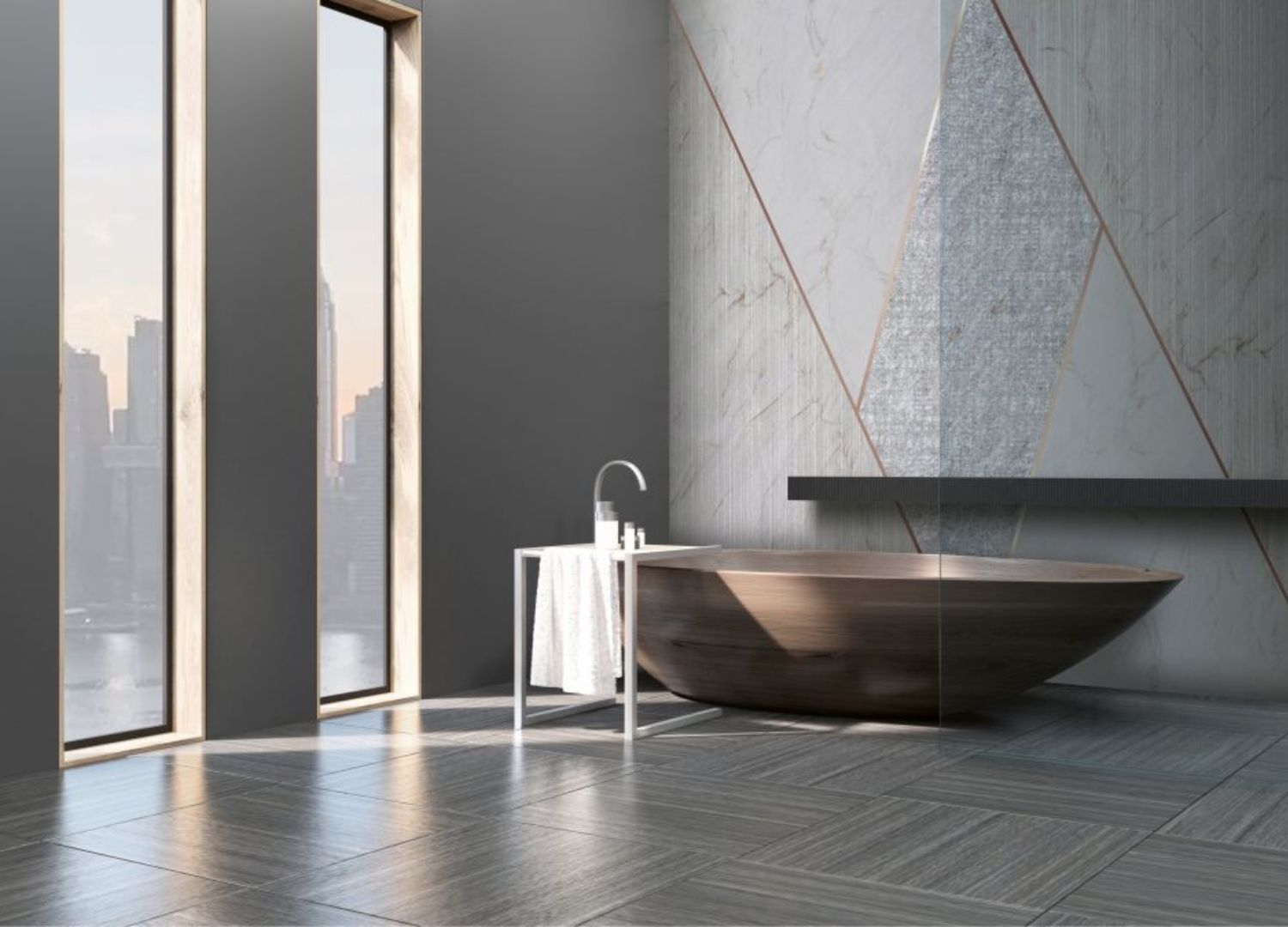
Natural Quartz, by contrast, has a trigonal crystal structure, renowned for its hardness, mechanical strength, and heat resistance. With its vitreous luster, quartz can be translucent, transparent, and even backlit, adding to its versatility.
Soft Quartzite, a metamorphic rock primarily composed of dolomite and calcite, contains silicates that make it tougher and more abrasive during processing.
There are also soapstone, limestone, and onyx…With over 1,300 natural stones in our collection, including around 90 exclusive varieties, it’s clear that not all stone is marble—far from it.”
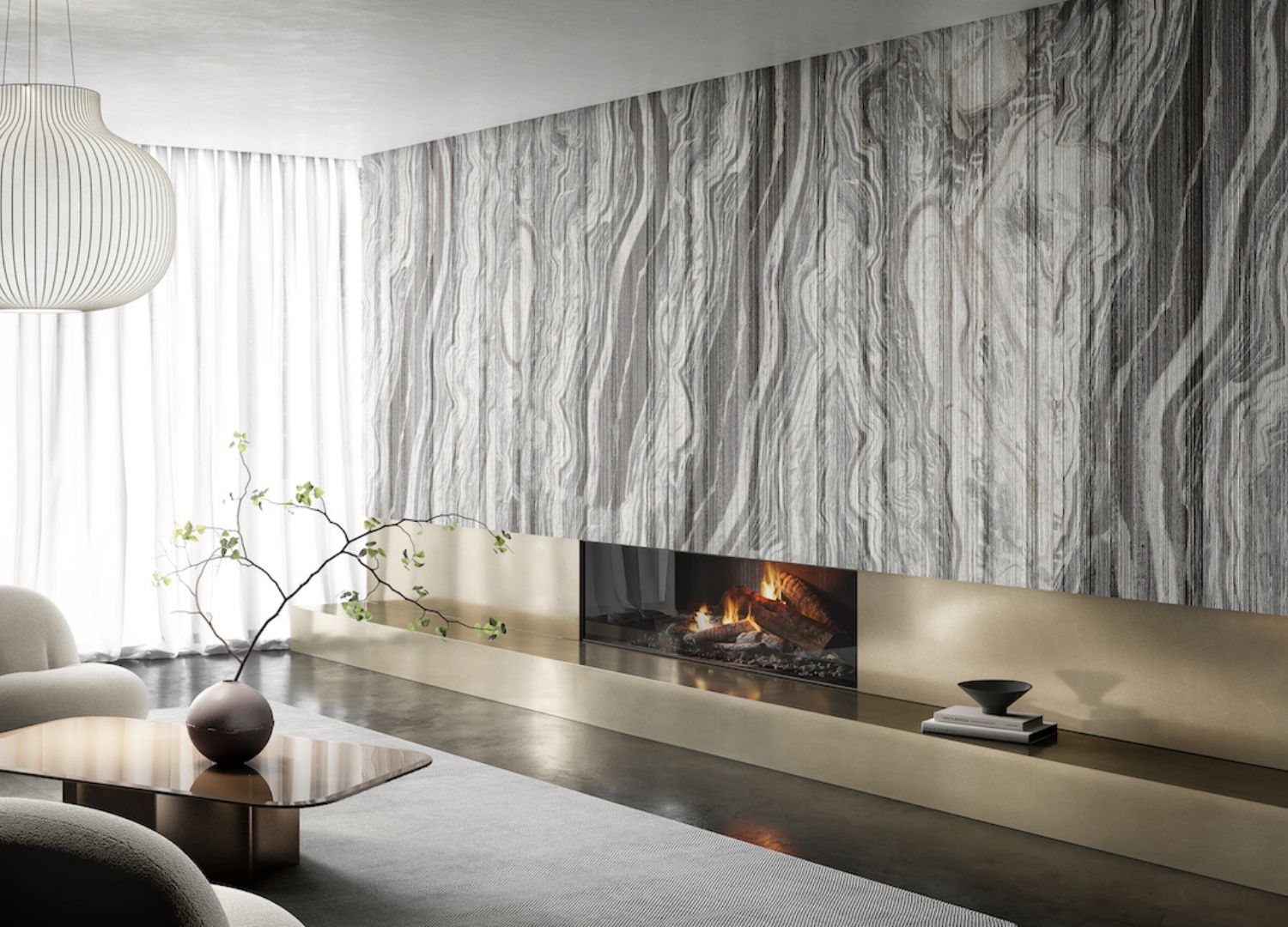
Over the past few years, sustainability has become a much debated topic, and one that is increasingly on everyone’s lips. What measures has Antolini taken to address this?
Alberto Antolini:
“Natural stone is inherently a timeless material. Choosing it for a project reflects a mindset that opposes today’s disposable culture, something we value greatly. At Antolini, sustainability is fundamental, and we tackle it from multiple angles. We’ve expanded our photovoltaic system to cover all production facilities, enabling us to meet a growing portion of our energy needs sustainably. With 5,670 solar panels spanning 14,653.47 square meters and an annual production of around 3,400 MWh, our system prevents the emission of 1,261 tons of CO2 each year—equivalent to the carbon absorbed by 2,222 trees over 25 years, covering an area of 2.2 hectares.
We also recycle and recirculate the water used in stone cutting and processing through a closed-loop system that filters and reuses it. Even the inevitable waste from slab processing is repurposed for other uses. Additionally, the plastic used to wrap and protect the slabs is fully recycled.”
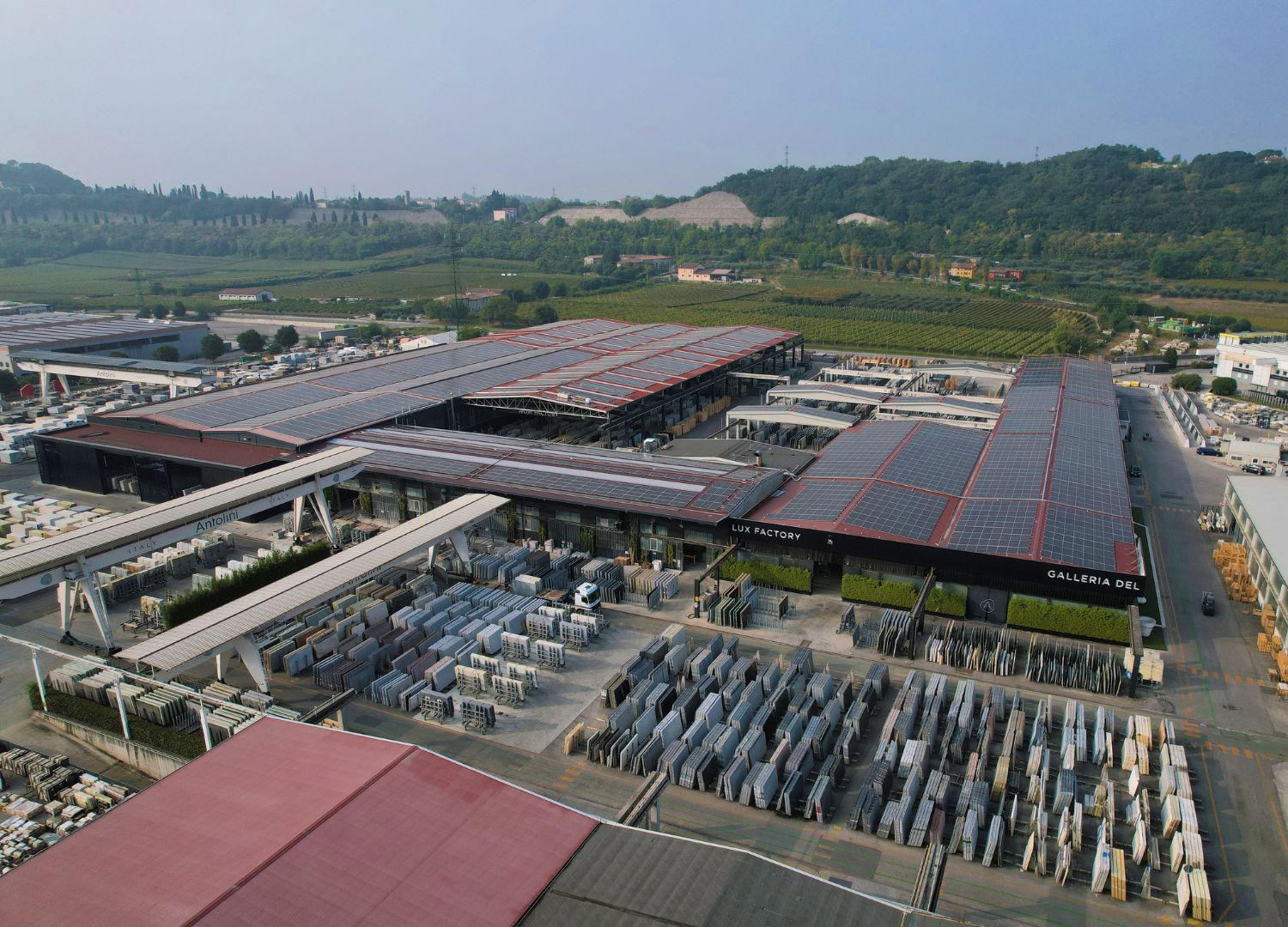
I do wonder, what happens to quarries after they are decommissioned? What plans are implemented to repurpose them?
Alberto Antolini:
“Quarries have long held a unique allure, embodying a rich history and immense potential. Our work is based on long-term agreements: what we extract today was meticulously planned and agreed upon years ago. We are deeply committed to managing these sites responsibly and ethically, always following regulations while also honoring the natural ecosystems in which the quarries are situated. This means working in harmony with the rhythms of local wildlife and plant life. For us, respecting Mother Nature also means giving her the time she needs to heal, which is why we actively support reforestation efforts once a quarry is closed, allowing nature to reclaim the land swiftly.”





